Could you make an offer SO GOOD… that your clients or customers would be STUPID to say no? That idea is the foundation of any highly lucrative business, according to Alex Hormozi.
Let’s start with the obvious: Every sale must begin with an offer. We ask another human being: “Do you want this?” And they respond with “Yah!” or “Nah, I’m good.” So if we want to make more sales, the most important thing is to create an outstanding offer.
The good news is, $100M Offers is a book all about making “Grand Slam Offers.” The author Alex Hormozi is not claiming that we’ll be making $100 million after reading his book. Rather, that figure represents his total after just a handful of “Grand Slam Offers” in his various businesses.
The most exciting fact is that just ONE outstanding offer has the potential to build a multi-million dollar company.
…As you’ll see, Alex Hormozi made his money early on by licensing gyms, going from broke to millions of dollars with just one life-changing offer.
By the end of this page, you’ll probably leave with several actionable insights about how to:
- Get more interested clients,
- Close more high-ticket sales,
- Or even start an all-new business.
Some marketing books like Influence by Robert Cialdini (our summary) focus on the theory and principles, while this book is full of practical exercises that we can complete today. If you enjoy this summary, then I’d recommend buying the full book to see all the specific examples that we did not include here.
Who is Alex Hormozi?
Alex Hormozi is an entrepreneur, philanthropist, and investor. The first chapters of this book explain his story:
- In 2013, Alex began a brick-and-mortar gym business, scaling up to 6 locations. When the business was sold, his partner ran off, leaving Alex with no money.
- In 2016, with only a credit card and an offer idea, he began Gym Launch, teaching other gym owners how to get clients and grow their businesses. This offer took off like crazy and within a year he was making over $1 million per month.
- Today, Alex has a net worth over $100 million and a large portfolio of companies. His stated goal in publishing business education is to build his portfolio, finding new companies to invest in that are making at least $3 million per year.
🏆 1. Offer the Incomparable: To sell more of anything, turn your product or service into a one-of-a-kind offer
Here’s the problem: Business is really hard when we’re trying to compete on price. Trying to offer more for less than the guy down the street is a sure path to diminishing profits.
New entrepreneurs get stuck in this trap when they sell a “commodity.” In this book, a commodity means a product or service that appears to be interchangeable with those from other businesses.
3 solutions to “the commodity problem” are explained in detail by Hormozi. Here’s a fast overview:
- Find a Starving Crowd. The most fundamental part of our business is not WHAT we’re selling, but WHO we are serving. Any new business must begin with the right target market—that is a group of people motivated by an urgent need, desire, or pain. (For more details, read the hamburger stand example from the late great copywriter Gary Halbert, who is mentioned in this book as an unnamed “marketing professor.”)
- Narrow Your Niche. Choosing a smaller target group of customers is almost always going to accelerate the success of a startup business. When we narrow our focus, then our sales message will immediately become far more effective. Only after we are making $10 million per year, says Hormozi, does he recommend expanding our target customer profile.
(This strongly reminds me of one of my favourite business quotes ever, that comes from the billionaire Peter Thiel, who was actually Elon Musk’s former business partner. He wrote: “The perfect target market for a startup is a small group of particular people concentrated together and served by few or no competitors.” Read more in his book Zero to One by Peter Thiel.)
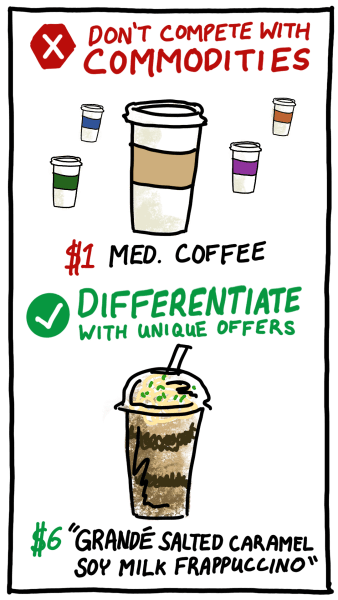
- Build a Unique Offer. This is about adding additional components to our product or service, so the overall offer we are selling solves our customer’s problems more fully than anything else on the market.
As a result, our customers can no longer directly compare us to the competition, which prevents price shopping so we can sell more easily and charge higher prices. The core part of this book will later explain HOW we actually do this.
Some more commentary: Making what we sell unique is definitely not a new idea created by Alex Hormozi. The Unique Selling Proposition (USP) is a classic marketing idea that was first formulated by powerful advertising men of the 1960’s like Rosser Reeves. Having a USP for your business is about answering the question: WHY should someone buy your product or service instead of the competitor’s? In other words, what is unique or different about your offer, so that your customer’s problem will be solved better, faster or easier? As an example, Dominoes grew rapidly in the hyper-competitive pizza market with the USP of “pizza delivered in 30 minutes or less, or it’s free.”
Russell Brunson is another leading teacher in online business and marketing. He’s the Co-Founder of Clickfunnels, a popular software app for building online sales funnels that does over $100 million in annual sales. In his book Dotcom Secrets, Brunson echoes the same idea: “The goal of an offer in its most simple form is to: Increase the perceived value of what is being sold. Make the thing being sold unique to you and only available within this special offer.”
Read more in our summary of Dotcom Secrets by Russell Brunson (coming soon)
Most new entrepreneurs get stuck in the trap of selling a commodity—a product or service easily compared to competitors, leading to price shopping. The solution is to make sure we’re serving a starving crowd (a market with urgent needs), then choose a narrower niche, and build an offer that offers something uniquely valuable.
💎 2. Raise Your Value: To charge higher prices, increase the value of your product by enhancing desire, certainty, speed and ease
Charging higher prices is almost always the correct move, according to Alex Hormozi. He argues that businesses that try to compete through low prices usually become trapped in a downward spiral of diminishing profits, lower product quality, and worse customer results.
Businesses that charge premium prices, on the other hand, often rise in an upward spiral. Larger profit margins allow them to invest more money in advertising and product quality. (Think Apple.) Hormozi’s clients tend to be more emotionally invested, so they take more action and get more results. Best of all, studies show people actually perceive more expensive products to be better, like paying more for wine somehow makes it taste better to our brains. Weird, huh?
But how do we increase prices without scaring away customers? By increasing our product’s perceived value, so they still feel they are getting a great deal.
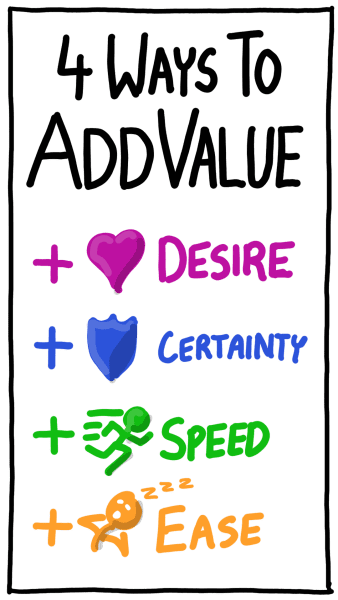
Here are 4 ways to raise our product’s value:
- Fulfill their true desires. The greater someone’s desire, the greater their willingness to pay. We need to make sure we are connecting to real desires they have. These tend to be rooted in universal human needs like shelter, food, belonging, love, appreciation, etc.
Hormozi writes that we cannot create desire, but only channel the market’s pre-existing desire onto our product. Some commentary: With this idea, I’m 99% sure here he’s actually paraphrasing Eugene Schwartz, one of the greatest copywriters of all time, a true G.O.A.T. In his 1966 book Breakthrough Advertising, Schwartz wrote: “Copy cannot create desire for a product.It can only take the hopes, dreams, fears and desires that already exist in the hearts of millions of people, and focus those already existing desires onto a particular product. This is the copy writer’s task: not to create this mass desire – but to channel and direct it.”
Some more analysis: Dan Kennedy is a direct marketing teacher that I’ve learned an immense amount of wisdom from, and he is also mentioned several times in $100M Offers. One core principle that Dan Kennedy often teaches is the difference between features and benefits. Most business owners make the mistake of talking too much about the features. We forget that people only care about the benefits—the results that our product or service will help them achieve. For example, people don’t really want to buy a gym membership, they want to lose weight or get fit. If they could snap a finger and have their ideal body, they wouldn’t bother with the gym! As Dan Kennedy wrote in his classic book The Ultimate Sales Letter, “People do not buy things for what they are; they buy things for what they do.” - Provide greater certainty. Unlike entrepreneurs, most people really want to avoid risk and value certainty. People pay more for a perceived greater likelihood of getting a result. That’s one reason they will pay more for a service that is done-for-you than for a how-to course. And more for a bottle of anti-anxiety pills than for a mindfulness app.
- In less time. Speed has value. People will pay more to get their desire or get out of pain faster. I think some of the largest companies have relied on providing this value. Some quick examples that come to mind include: Amazon’s free 2-day shipping, McDonald’s 5-minute fast food, or FedEx’s overnight shipping.
- With less effort. Make it easier to get their desired result. Remove steps in the process. Do the work for them, or provide tools that will. For example, Hormozi once created a complex spreadsheet app that automatically created weekly meal plans for his gym clients, based on their personal goals. He made the spreadsheet one time, and it became a great asset that provided value to his clients for years.
The bestselling productivity book Atomic Habits explains that humans tend to take the path of least resistance, so if we want to encourage ourselves to do a good habit then we should make it braindead simple. For example, if we want to start running every morning, then we could prepare our running shoes and clothes beside the bed the night before. The fewer steps, the less friction, the easier it is to start our habit, the more likely we are to stick with it.
As a side note, raising the average purchase price is one of only three ways we can grow our business. That’s right, there are really only 3 ways to grow any business, which greatly simplifies our job as entrepreneurs.
This idea comes from business expert Jay Abraham, so I’ll quote him directly: “I have good news—there are only three ways to increase your business: 1. Increase the number of clients. 2. Increase the average size of the sale per client. 3. Increase the number of times clients return to buy again.”
Read more in Getting Everything You Can Out Of All You’ve Got by Jay Abraham
Charging higher prices puts our business into an upward spiral, leading to higher profits, better service, higher perceived quality, and more results for our clients. But we need to also increase the value of our offer by tapping into our customer’s true desires and reducing the uncertainty, time, and effort associated with getting their desired outcome.
🧩 3. Solve All Their Problems: Craft an offer that removes ALL obstacles in the way of your customer’s ultimate desire
So, how do we actually build an offer that is not only unique, but it is unique in a way that our customers value? This is really the core principle of creating “Grand Slam Offers.” To greatly summarize Hormozi’s teachings, I’ll simplify it into 3 steps:
- Find: What is their real desire? You can do this by asking “why” multiple times until you get a core motivation. Your new offer will be built on this deeper motivation. For example: Why do most people want a gym membership? To lose weight. And each person has their specific goals: to get a six pack, to lose 10 pounds in a month, to fit into their old jeans, etc.
Did you know the most-recommended negotiation book of all time is Getting to Yes, which was written by 3 experts from Harvard University over 40 years ago? You see, most people enter negotiations with fixed “positions” and their goal is to give up less than the other side. But these Harvard experts said the best way to negotiate agreements is to begin with digging to find people’s real interests. That can lead to creative new agreements where we win, and the other side wins, too.
It’s quite similar to what Hormozi is telling us to do for making an offer. We need to look beyond what is being offered in the market today by our competition, and create something that more closely matches our customer’s needs.
- List EVERY obstacle to getting their desire. On the way to their desired goal, what problems, setbacks and difficulties will they face? Ultimately, your offer will provide the solution to ALL these obstacles. For example, Hormozi realized for his gym clients to achieve their goal, they would face additional obstacles with buying groceries, cooking meals, eating out, etc.
Some discussion: One of my favourite quotes from Elon Musk is “You are paid in direct proportion to the difficulty of the problems you solve.” In business, we get paid to solve problems for others. So if we want to raise our value, and raise the price we can charge, then we need to solve more problems. This exercise by Alex Hormozi is a brilliant way to really understand what additional problems our customers will face. - Finally, write down individual solutions for each obstacle. What could you offer to solve each problem from that previous list? These solutions will then be bundled together to create your outstanding offer. At first, brainstorm loosely to get lots of ideas. Don’t worry yet about how difficult it would be to implement the ideas, because later you can make them more realistic.
For example, Hormozi gained success because he stopped selling a gym membership for $99/month, a commodity that was easily compared with other gym memberships. Instead, he began selling a “6 Week Challenge” fitness bundle for $600, that included extra pieces helping with EVERYTHING someone needs to lose weight. To mention just one piece, he helped clients overcome the challenge of buying healthy food, by providing a personalized training class and weekly shopping lists. That one piece alone is more than any other gym provided, which made Hormozi’s offer incomparable. As a result, his ROI on advertising skyrocketed by 30x.
Another fantastic book for understanding business is The Millionaire Fastlane by MJ DeMarco. That title may sound suspicious, but the author was working as a limousine driver, when he had the idea to create an online limousine rental service, which eventually made him very wealthy.
DeMarco says new entrepreneurs are being misled with advice like “do what you love” or “follow your passion.” Instead of considering our selfish interests, we should focus on the selfish interests of others, and that is how we’ll truly succeed in business.
He wrote, “People care about what your business can do for them. How will it help them? What’s in it for them? Will it solve their problem? Make their life easier? Provide them with shelter? Save them money? Educate them? Make them feel something?”
To design the individual components of your game-changing offer, begin with asking “why?” until you find your customers true desire. Then list ALL the obstacles they will face, and list your solutions to every one of the obstacles.
🎁 4. Stack Your Offer: Boost perceived value through exciting names, bonuses, stacking and guarantees
Now we’re putting all the pieces together to present a polished package to our prospects. (Try saying that tongue-twister 10 times fast!)
Kidding aside, this is where our customer research and creative brainstorming from the previous steps really come together, to make an offer that people may really feel stupid saying no to.
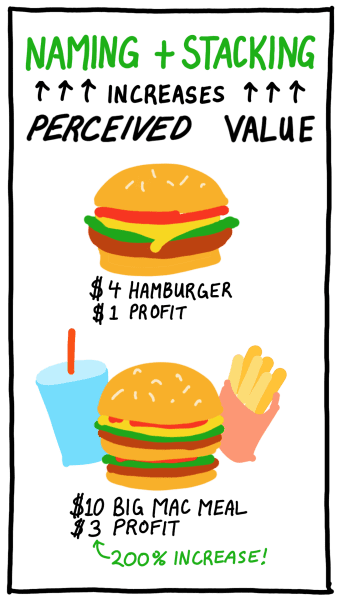
Very quickly, here is an overview of the process:
- Naming. Give exciting names to your overall offer, plus each individual component within your offer. The name should include the RESULT they want to achieve. Good names also often include WHO it’s for, HOW LONG it will take, and perhaps WHY a current promotion is happening. For example: a 2-Hour Summer Leadership Masterclass for Managers.
- Bonuses. Splitting your offer into many pieces increases the overall perceived value. Because it allows you highlight and sell each piece individually. That leads to…
- Stacking. Make a big list of every component in your offer, giving each one a separate value, then add it all up to demonstrate the price of your offer is much less than its value.
For example, a leadership coach could offer 2-hour masterclass ($50 value), plus a book on effective communication ($20 value), an audiobook about negotiating a raise ($35 value), and an implementation guide for the whole package ($15 value). Adding it all up, the total value is $120, but during the summer promotion your investment will be only $80. See how this works? The old infomercials used these kinds of tactics because they worked! “But wait, there’s more!” - Guarantees. When a customer purchases the product, they must take a risk of losing their money or time, which is scary. By offering a guarantee, we reduce that risk. The most basic guarantee is unconditional, as in: “If you’re not satisfied for any reason, you’ll get your money back.”
Offering a guarantee is the “number one way” to increase sales, says Alex Hormozi. I now think it makes sense why the most successful companies like Walmart, Amazon and Apple have such relaxed return policies!
Some commentary: Many of these techniques I learned more than 10 years ago when I was launching my first online business, which sold an online course that helped people to overcome shyness. I had a core product that was the audio course, then I added smaller bonuses on specific topics that I knew my customers wanted to learn about, such as conversation skills. The end result of having multiple bonuses was definitely greater sales, as people would feel “wow, look at all the things I’m getting!”
Even huge companies use similar techniques, like McDonald’s selling combo meals instead of just individual items, or Apple now bundling multiple subscriptions (music, TV, games, news, etc) into one offer.
To finish creating your offer, give exciting names to the offer, to each individual part of the bundle, and to additional bonuses. Stack or add up the value of all these components to create higher perceived value. Add a guarantee so they feel comfortable buying without risk.
⏳ 5. Make it Limited: Skyrocket demand for your offer using the psychology of scarcity, urgency, and exclusivity
Did you know there are ways to increase demand for our offer that don’t require lowering the price? Researchers have been studying human behavior for decades, and there are some clear psychological factors that can influence our buying decisions.
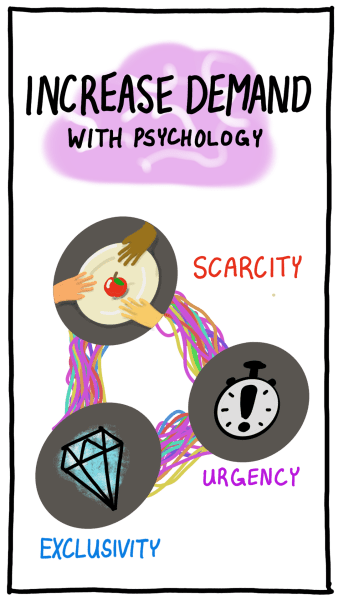
Here are 3 of them:
- Scarcity. Limiting the number of products available. The best scarcity is honest, says Hormozi—for example, every business has a limit to how many clients they can serve, so just advertise that number! We want things more when they appear harder to get, as documented by Robert Cialdini in Influence, his must-read book on the psychology of marketing.
- Urgency. Using deadlines and limited-time promotions to motivate people to buy now, rather than procrastinating. This is really scarcity applied to time. The promotion could be a discount sale or a limited-time bonus. For example, a personal trainer could offer a free bottle of protein power to each new client that signs up in January, then a free yoga mat for February, and a t-shirt for March, etc.
- Exclusivity. People will pay more for things that increase their status. As I’m writing this, the richest man in the world is a not-so-famous French man named Bernard Arnault, who built his wealth through luxury fashion brands such as Luis Vuitton and Christian Dior. In Alex Hormozi’s business of selling services, he would rather sell 2 clients at $5,000 each than 20 clients at $500, a strategy he calls “skimming the pyramid.” Not only is it easier to serve 2 clients well, it also creates pent up demand next time the doors open for the offer.
Donald Trump, before his political career, sold extremely high-end apartments in Trump Tower. In his book The Art of the Deal, Trump says the best sales strategy for high-priced products is playing hard to get, not appearing eager, and putting people on a waitlist. When it comes to selling luxury apartments, he wrote, “The more unattainable the apartments seemed, the more people wanted them.”
Human nature is to want what we can’t have. We can use this fact to increase demand for our offers. Scarcity limits the quantity available, urgency sets a deadline, and exclusivity adds status to our product’s appeal.
- Choose a narrow niche within a “starving crowd” market. Many online business gurus recommend starting a new business by looking at the broad categories of health, wealth or relationships. Those represent human needs that are powerful and timeless. If you’re a small startup, the best strategy to compete is probably by focusing on a tiny sliver of those enormous markets.
- Brainstorm 10 ways your offer could provide a result with more certainty, speed, or ease. For this exercise, your ideas don’t need to be realistic because this is more about getting our creative juices flowing. It is helpful to look at how the largest companies have made our lives more convenient. 1-click ordering, free 2-day shipping, unconditional guarantees, etc.
- List EVERY obstacle your customers face to getting their real desire. Remember, the way to create a “Grand Slam Offer” that is incomparable to any competition, is to create solutions for all those secondary obstacles, and make them part of your offer.
For example, let’s think of people who buy online courses about software coding, what do they really desire? Probably a stable, lucrative job at a software company. Well then, aside from learning to code, what other obstacles will they face getting that desire? They will probably need to know: where to look for job listings, how to apply for jobs effectively, how to write their resume, how to answer interview questions about programming, etc. If a company that sold courses about learning to code, also included training on how to find a good job afterward, wouldn’t that greatly increase the value of their offer?
Updated Dec 2023: New meta fields and headings


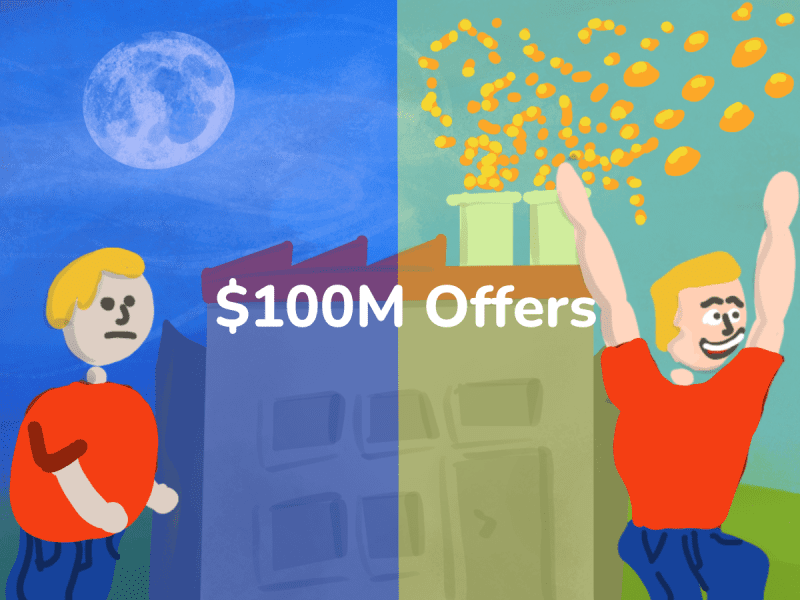
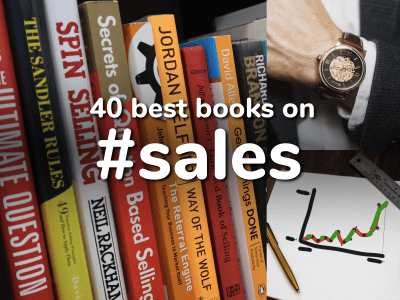
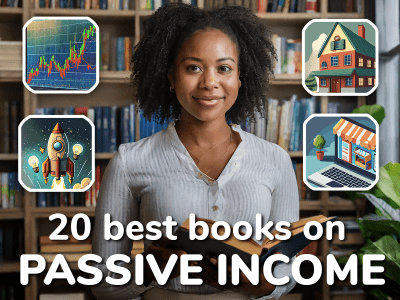
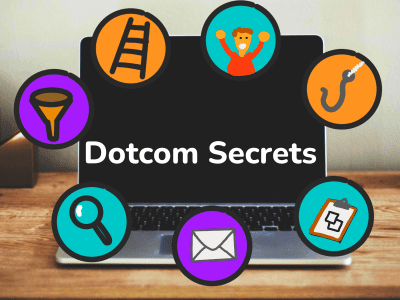
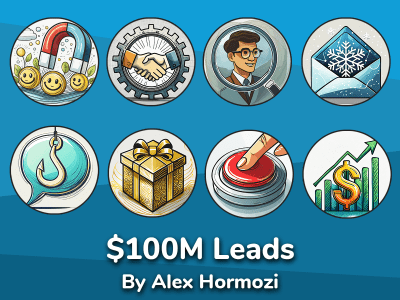
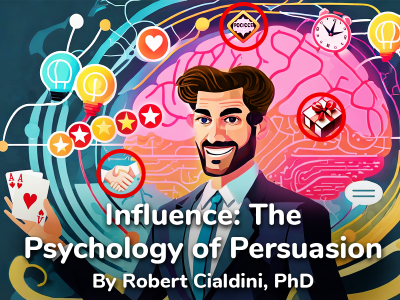

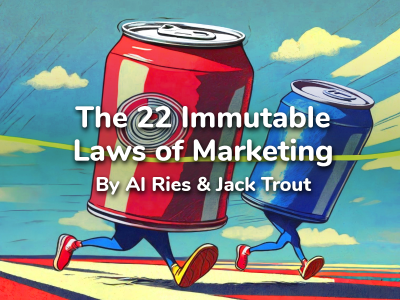
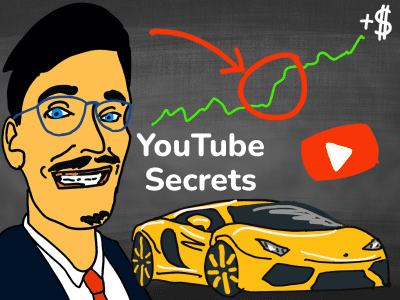



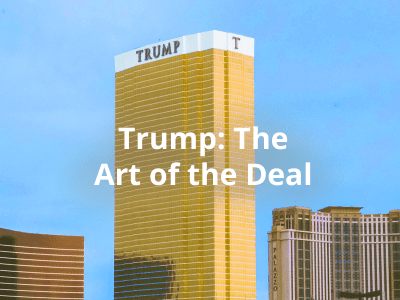
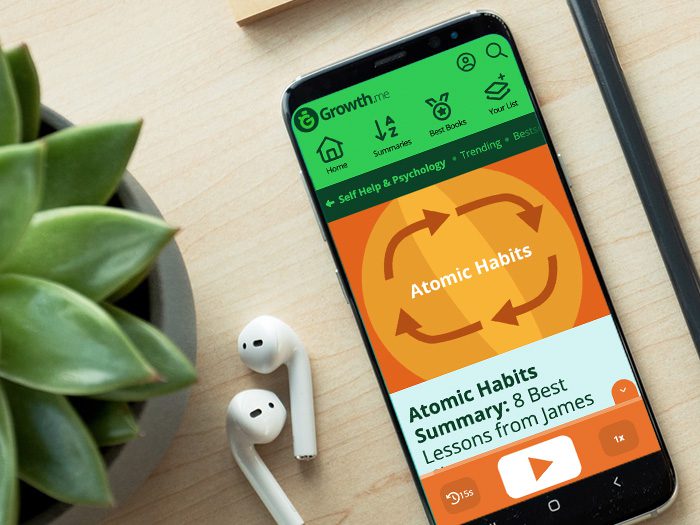
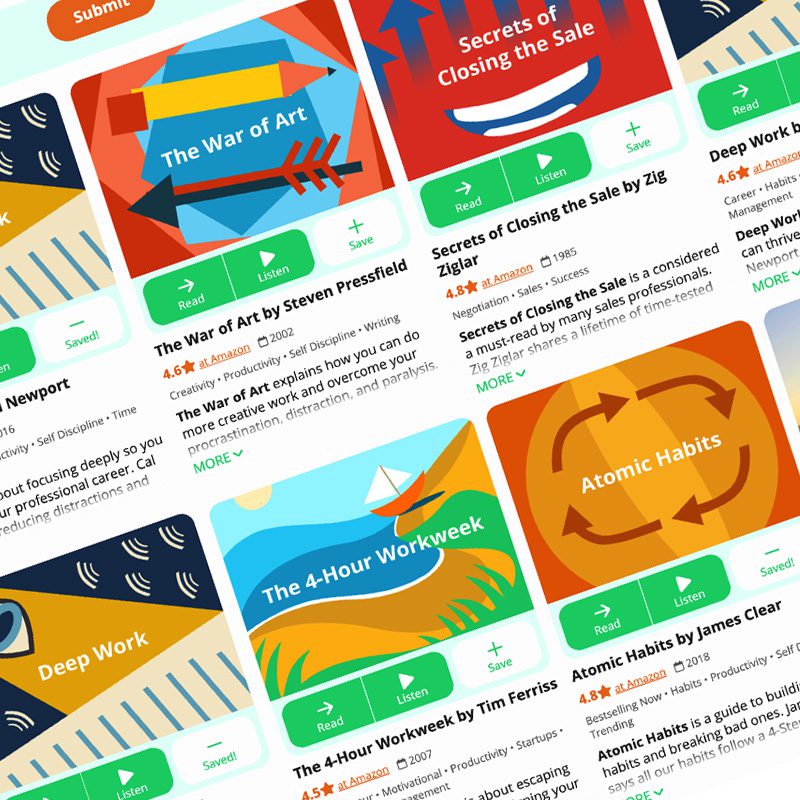




Awesome summary! learned a lot from the connections you are doing! Can you please considering doing “sell like crazy” from sabri? I think that would be a great addition and I’m curious to read what kind of connections you’ll mention. Thanks again for all the effort and care!
Thank you! I’m glad you learned new things from the summary! “Sell Like Crazy” looks like another great book for business owners that want more clients. I’ve put it on our list of book requests, but can’t make any promises about when it will be added because our list is quite long! -Derek
Awesome!